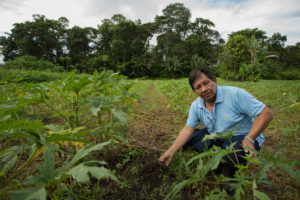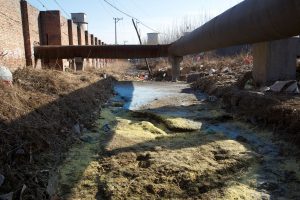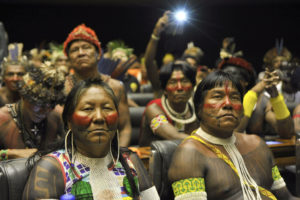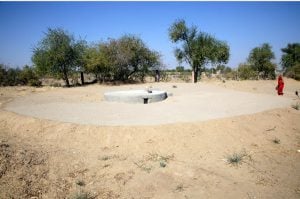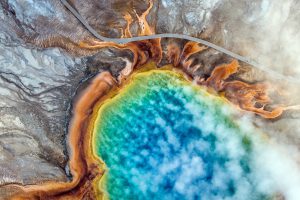Amazonian peoples who inhabited the region between 2,000 and 8,000 years ago left a legacy that has today enabled sustainable agriculture, the preservation of biodiversity and the survival of river-dwelling communities. Their gift was a soil known as terra preta de índio –Indian black earth.
Black earth is rich in calcium, magnesium, zinc, manganese, phosphorus and carbon, which make for a fertile mix. This is a rare quality in the Amazon, where acidic soils are normally not well-suited for crop cultivation.
Until the 1990s, researchers thought black earth – created by mixing a range of ingredients including charcoal, manure and broken pottery into the soil, nourishing it over millennia – to be a natural phenomenon. Its existence challenges two long-held ideas: that the Amazon was a pristine region with few inhabitants before European colonisation; and that the soil poorly accommodates agriculture without the aid of modern chemicals and burning trees.
“We can use the lesson from Amazon black earth to improve household production in river-dwelling communities,” said Carlos Augusto Silva, an archaeologist and environmental scientist. Black earth also reveals that Amazonian agricultural communities cared about sustainability and the impact of the waste they generated, he said.
“Even today people continue doing this, with activities that will certainly yield results in a few thousand years.”
Harvesting among pottery shards
Rural farmer Marcelo Cunha Nascimento has lived alongside black earth since his childhood. It’s a resource that sustains farming through the June-July flood season, he told Diálogo Chino. Every year, the muddy waters of the Amazon River engulf the wild cabbage, bananas, and cassava in his community in São Francisco Terra Nova, Amazonas State.
In the highest part of the territory there is a two-hectare area that does not flood. Residents plant okra, maxixe (a cucumber-like vegetable), and new collard (cabbage) seedlings, which are transplanted to the floodplain when waters recede.
“During this period when it is impossible to plant in the flooded wetlands, we get the canoe and come to this island to plant in the dirt, which is stronger and doesn’t need to be fertilised or burned,” says Nascimento. The pottery and charcoal amidst the black earth, he adds, prove “our ancestors lived on this land and prepared it for use by future generations”.

In the area Nascimento farms, researchers found evidence of human occupation lasting approximately 2,500 years. There, the arable land became part of an ecosystem that it helps to protect.
“The archaeological sites that contain Amazon dark earth are outdoor laboratories that not only serve human beings, but all animals and biodiversity,” Silva said, pointing to a seed bank that also feeds the animals: “The site with the preserved dark earth guarantees the survival of that ecosystem.”
Carbon storage
Its anthropogenic (man-made) origin means black earth serves as a powerful carbon sink, according to Milton César Costa Campos, a soil scientist at the Federal University of Amazonas.
On average, black earth can retain three to six times more carbon than other types of soil because it has evolved to store carbon in the form of biochar – residues deposited by ancient populations which don’t deteriorate as easily as other forms.
“Once we dominate the science of how to make black earth, you could use this to transform carbon storage in soil,” he said.
Campos said researchers are looking at using residues from sawmills to make black earth, instead of charcoal. These developments could allow researchers to turn a product that emits carbon into one that stores it. Furthermore, it would provide small farmers with more fertile soil that doesn’t require agrochemicals.
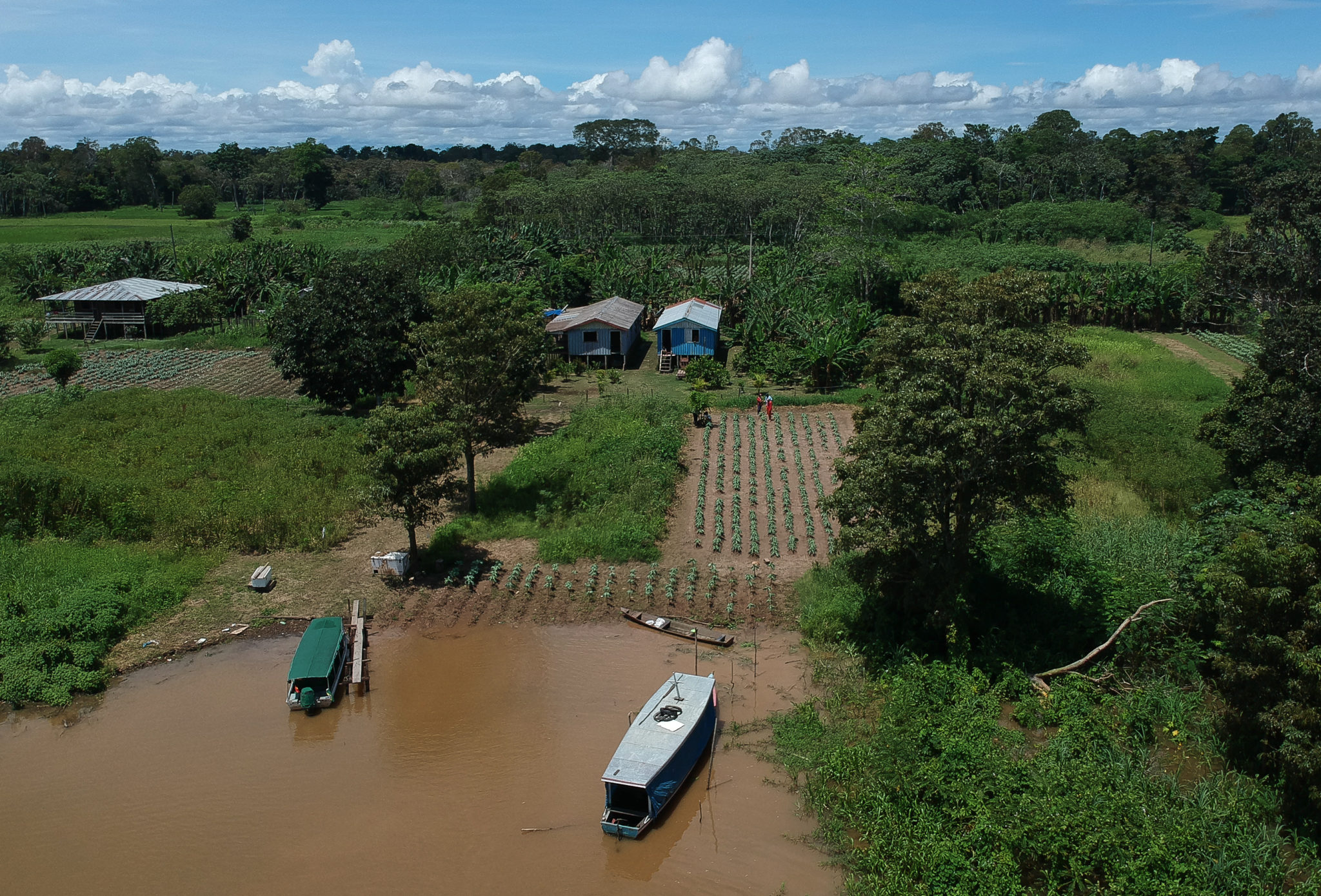
However, black earth’s capacity to store carbon has a downside in that it can’t be used in large-scale intensive agriculture (for crops such as soy) because ploughing it would release larger quantities.
More research
Brazilian legislation prohibits the sale, exploitation, and transport of Amazonian black earth, which is considered part of the region’s archaeological heritage.
Nor can they reproduce black earth because of its mysterious origins, according to archaeologist Ângela Araújo, of the Federal University of Amazonas (UFAM).
“We don’t know if in the past people experienced processes like those we are seeing today, with major floods and droughts, and needed to adapt in some way,” Araújo said.
It is still unclear whether smatterings of Amazon dark earths are created by perennial or migrating communities who planted, performed rituals, or discarded waste over millennia.
“There is an entire universe full of hypotheses that archaeology has sought to study. The soil’s profile can give us an idea of what may have happened,” she said.
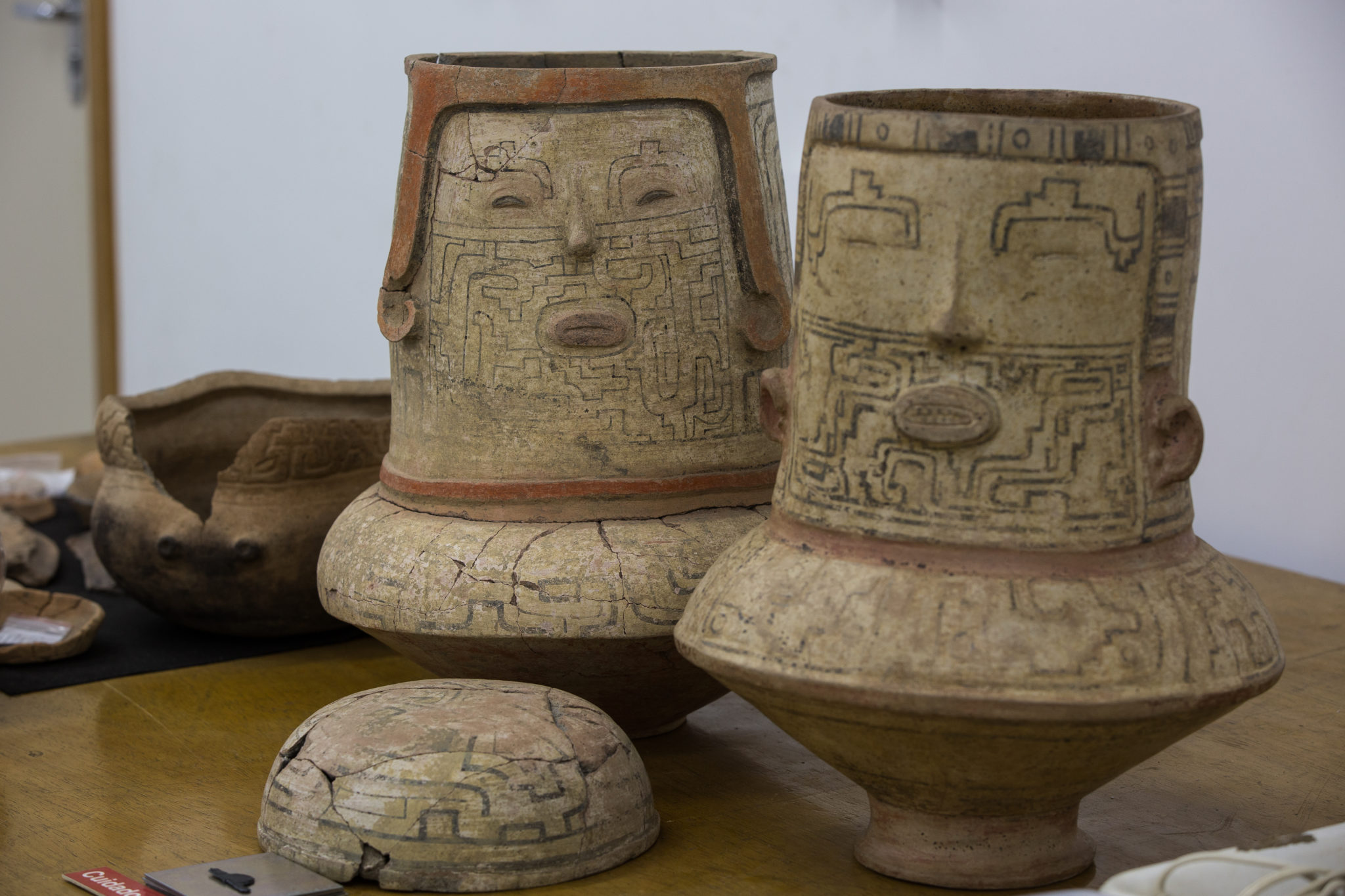
Botanists and other specialists have found dark earths to contain burned seeds, bones of animals like fish and turtles, tree bark, urine, stone material, pottery fragments (which help maintain moisture in the soil), and even funerary urns. Yet, no experiments have managed to reproduce the properties of soils found in pre-Columbian Amazonian sites.
Future in jeopardy
Archaeological studies on human occupation of the Amazon face a severe shortage of resources and depend on volunteers to carry out excavations and testing. Without this, Manaus’ Amazon Museum director Dysson Teles said, they cannot present new information to the public and preserve their heritage.
Teles warned that without dark earth and with a shortage of trained professionals to understand it, the entire ecosystem could be in jeopardy. It must be protected, he says.
“A people without history is a people without a memory… As long as I know that I belong to that environment, I can preserve more of what is there for future generations.”
